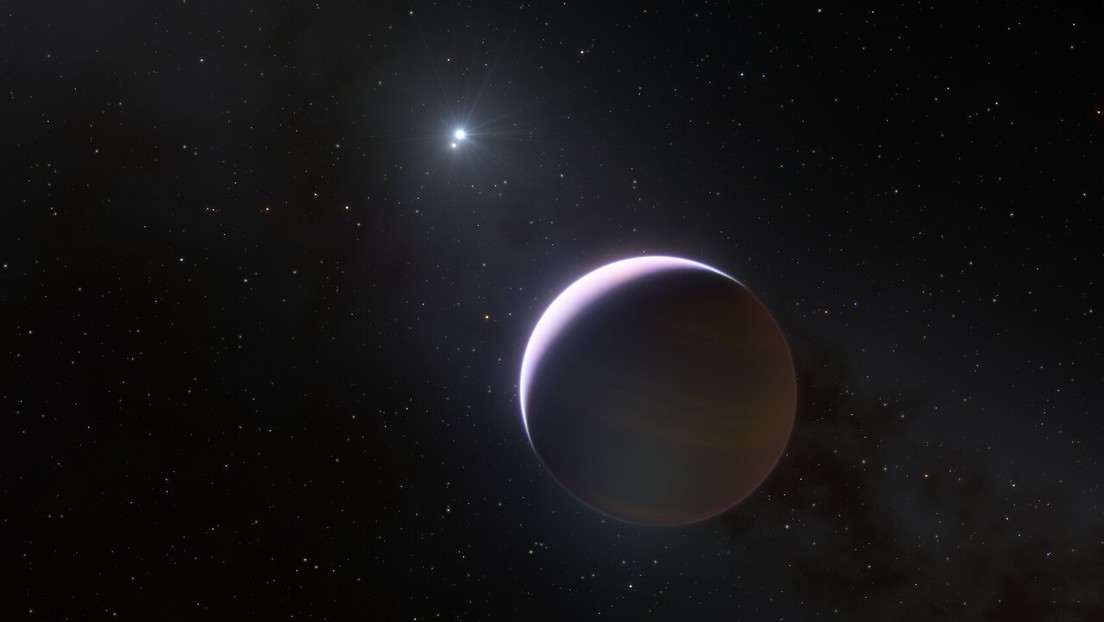They find a new giant planet that challenges what is known about the formation of planets

Posted:
9 dic 2021 03:07 GMT
The planet is located in the constellation Centaurus, 325 light years from Earth.
Astronomers have discovered a new planet in the solar system, with a mass 10 times that of Jupiter and challenging what the scientific community has known so far about the formation of planets. The study was published on the results Wednesday in the journal temper nature.
called the planet B Suntory (Father) B, or simply b suntory b, located about 325 light-years away in the constellation Centaurus and orbiting the binary star system Centauri B visible without a telescope. b Centauri has a mass at least six times the mass of the Sun, making it the largest planet-hosting system. In addition, its main star is three times hotter than the Sun, and due to its high temperatures, it emits huge amounts of ultraviolet and X-rays.
Until now scientists had not thought that the existence of planets was possible near such large and massive stars due to their influence on gas and the rapid evaporation of material floating around them, but the discovery of b Centauri b shows yes that it is possible despite this aggressive environment.
“B-type stars are generally considered to be very destructive and dangerous environments, so it was thought that forming large planets around them must be very difficult,” to explain Marcus Jansson, an astronomer at Stockholm University and lead author of the study.
The new planet is one of the largest ever discovered and moves across one of the widest orbits known, at a distance from the central stars 100 times greater than the distance between Jupiter and the Sun. The stars that make up the binary system could be the key to the planet’s survival.
Scientists will now try to figure out how b Centauri b formed, even though they think it is Unlikely which was formed “on site” by the traditional process of base accumulation, when the core forms first and then interstellar gas and dust accumulate around it.
“It may have formed elsewhere and reached its current location through it dynamic interactions, or can be formed by gravitational instability‘, suppose the authors of the investigation.
The new planet was discovered using the SPHERE instrument of the VLT telescope at the European Southern Observatory (ESO) in Chile, as well as through data from archives on the B Centauri system that showed that B Centauri, indeed, did. was in the pictures for 20 years, although at that time they did not recognize it as a planet.
If you like it, share it with your friends!

“Evil coffee nerd. Analyst. Incurable bacon practitioner. Total twitter fan. Typical food aficionado.”

:quality(70):focal(288x128:298x138)/cloudfront-us-east-1.images.arcpublishing.com/metroworldnews/4VWFN4IMGFGQTCCSYSVPIJDM4A.jpg)









